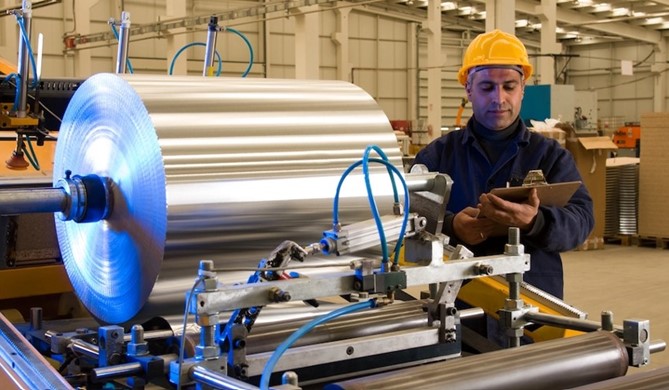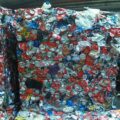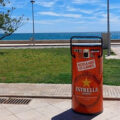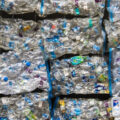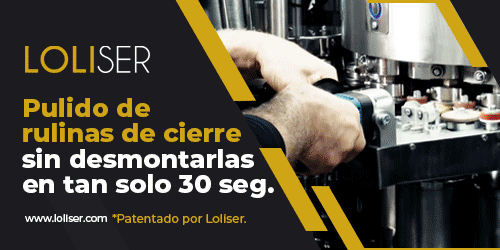The Spanish Aluminum Association (AEA), which represents more than 600 companies in the sector, has published a report on aluminum packaging recycling rates, prepared by the Association for the Recycling of Aluminum Products (ARPAL). The study states that, in 2023, Spain recycled 79,957 tons of aluminum containers, which represents 52.2% of the total amount of containers placed on the market during the year.
This data is obtained by applying the new methodology established by Directive (EU) 2018/852 and developed according to Decision 2019/665. The most recent methodology has allowed for an increase in tons of recycled aluminum and has modified the measurement point to account for aluminum free of impurities. A highlight is that almost half of the aluminum recovered came from selective collections, indicating a growing public commitment to recycling.
As for the total amount of aluminum packaging put on the market, this reached 153,064 tons in 2023. European Directive 2018/852 establishes that 50% recycling must be achieved by 2025 and 60% by 2030. Thanks to increasing citizen participation and improved sorting plants, Spain has already managed to meet the 2025 target.
Gonzalo de Olabarria, secretary general of AEA, stressed the importance of aluminum recycling for the environment and the economy. “All recovered aluminum is recycled, making it the most valuable material in the packaging sector and in other applications.” De Olabarria also attributed the success of recycling rates to the ongoing work of associations such as AEA, which promote the benefits of recycling and the circularity of aluminum.
In the construction sector, aluminum recycling reaches a rate of over 95%, consolidating it as a key material for sustainable building. The European Directive 2008/98/EC on Waste and Directive 2018/851/EU, together with the Law on Waste and Contaminated Soils in Spain, require that the recycling of aluminum be carried out in the building industry. recycling of construction and demolition waste reaches at least 70% by weight. Aluminum exceeds this target, supported by various official sources.
Aluminum stands out for its 95% recyclability without losing its properties, and the recycling process requires only 5% of the energy needed to produce new aluminum, representing an energy saving of 95%. In addition, aluminum is infinitely recyclable, with 75% of the aluminum manufactured in the last 100 years still in use.
ARPAL carries out a study every year to know the tons of aluminum containers recovered in waste management plants. The data from this study complement those offered by ECOEMBES (aluminum containers recovered through the yellow container, waste and composting plants and selective collections outside the home) and together they make up the publication that ARPAL publishes each year on the recycling rate of aluminum containers.
ARPAL’s main objective is to encourage citizens to identify aluminum containers and learn about the importance of recycling them and, therefore, to deposit more containers in the yellow container.
ARPAL has been helping to give aluminum a new life for 30 years. Together, they have carried out hundreds of activities to promote the recycling of aluminum packaging. According to ARPAL, Recovered aluminum is an excellent raw material for remanufacturing aluminum products because the properties of this material do not change during the recycling process. In fact, 75% of all the aluminum that has been manufactured for 100 years is currently in use, in the form of various products, thanks to recycling.
Another advantage of aluminum recycling is energy savings, since manufacturing aluminum products with recycled aluminum saves 95% of the energy required to produce it from bauxite ore.

